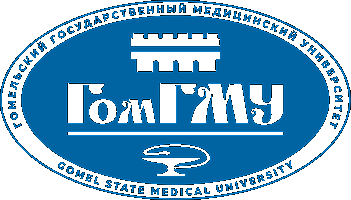Gut microbiota might influence the risk of rejection after liver transplantation
Дата публикации
2023Автор(ы)
Salimov, U. R.
Stoma, I. O.
Kovalev, A. A.
Hubanova, T. N.
Fedoruk, A. M.
Shcherba, A. E.
Rummo, O. O.
Метаданные
Показать полную информациюБиблиографическое описание
Gut microbiota might influence the risk of rejection after liver transplantation / U. R. Salimov, I. O. Stoma, A. A. Kovalev [et al.] // J. of Liver Transplantation. – 2023. – Vol. 9. – Art. 100140.
Аннотация
Introduction
Liver transplantation is the only radical treatment option available for patients with end-stage chronic liver disease. However, severe post-transplant complications remain relevant, including acute graft rejection and infection. Thus, the impact of gut microbiota on the frequency of these complications is highly promising.
Materials and methods
This prospective, cohort, closed-label study included 24 adults who underwent liver transplantation. The mean age was 49.2 ± 13.4 years; Child-Turcotte-Pugh A, B, and C classes were distributed as follows: A: 8 (33.3%); B: 11 (45.8%); C: 5 (20.8%). Gut microbiota was evaluated using 16S RNA new-generation sequencing.
Results
According to etiological distribution, significant differences were observed in the number of Firmicutes (p = 0.03) and Chlorobi (p = 0.009) harbored by the patients of alcoholic liver disease. Similarly, the severity of hepatic decompensation varied significantly for patients harboring Chlorobi (p = 0.01) and coprothermobacterota (p = 0.03). The association between sarcopenia and the microbiota was not significant among all taxa (p>0.1). Acute graft rejection differences between groups were found: Protobacteria (p = 0.001); Chlamydiae (p = 0.02); Gammaproteobacteria (p = 0.01); Chloroflexia (p = 0.004); Chlamydiia (p = 0.01); Enterobacteriaceae (p = 0.001); and Candidatus Saccharibacteria (p = 0.04), the median of which was found to be lower in patients with an acute graft rejection episode.
Conclusions
Obtained results prove a reliable interaction between gut microbiota and the incidence of acute liver graft rejection in dominant taxa and Candidatus Saccharibacteria that had not yet been observed in patients with rejection episodes.
Ключевые слова
chronic liver disease
liver cirrhosis
liver transplantation
acute rejection episode
post-transplant
Коллекции
- 2023 [112]
